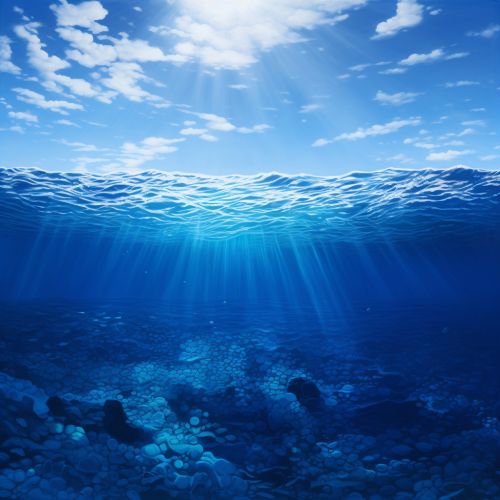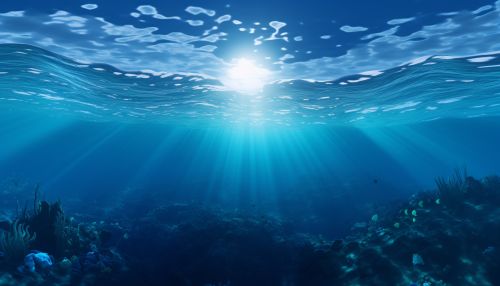Mechanisms of Oxygen Minimum Zone Formation in Oceans
Introduction
The oceans of the world play a crucial role in the Earth's climate system, acting as a vast reservoir for heat and carbon dioxide. One of the key features of the ocean's role in climate regulation is the existence of Oxygen Minimum Zones (OMZs). These are regions of the ocean where the concentration of dissolved oxygen is at its lowest. The formation of these zones is a complex process involving a variety of physical, chemical, and biological mechanisms.
Physical Mechanisms
The physical mechanisms that contribute to the formation of OMZs are primarily related to ocean circulation and stratification. Ocean circulation, driven by wind and differences in water density, transports oxygen-rich surface waters to the ocean depths. However, in certain regions, this circulation is weak or absent, leading to a reduced supply of oxygen to the deeper layers of the ocean.
Thermohaline Circulation
Thermohaline circulation is a global 'conveyor belt' of ocean currents, driven by differences in temperature and salinity. In regions where surface waters are cooled or become more saline, they become denser and sink, drawing oxygen-rich surface waters down into the deep ocean. However, in regions where this sinking (or 'downwelling') does not occur, oxygen supply to the deep ocean can be limited, contributing to the formation of OMZs.
Stratification
Stratification of the ocean, due to differences in temperature and salinity, can also contribute to OMZ formation. In stratified waters, the vertical mixing of water is reduced, limiting the transport of oxygen from the surface to the deep ocean. This is particularly significant in regions of the ocean that are strongly stratified, such as the tropical oceans.
Chemical Mechanisms
Chemical processes also play a role in the formation of OMZs. The most significant of these is the consumption of oxygen in the decomposition of organic matter, a process known as oxygen respiration.
Oxygen Respiration
When organic matter sinks to the deep ocean, it is decomposed by bacteria in a process that consumes oxygen. This process can significantly reduce the concentration of oxygen in the water, particularly in regions where there is a high supply of organic matter, such as upwelling regions where nutrient-rich waters stimulate high levels of primary production.
Biological Mechanisms
Biological mechanisms also contribute to OMZ formation. These include the production and decomposition of organic matter, as well as the respiration of marine organisms.
Primary Production
Primary production in the ocean is the process by which phytoplankton convert carbon dioxide into organic matter, using sunlight for energy. This process produces oxygen as a by-product. However, in regions where primary production is high, the subsequent decomposition of organic matter (as described above) can consume large amounts of oxygen, contributing to OMZ formation.
Respiration
Marine organisms, from tiny bacteria to large fish, consume oxygen as they respire. In regions of the ocean with high biological activity, this respiration can significantly reduce oxygen concentrations, contributing to the formation of OMZs.
Conclusion
The formation of Oxygen Minimum Zones in the oceans is a complex process involving a combination of physical, chemical, and biological mechanisms. Understanding these processes is crucial for predicting how OMZs may change in the future, particularly in response to human-induced climate change.


